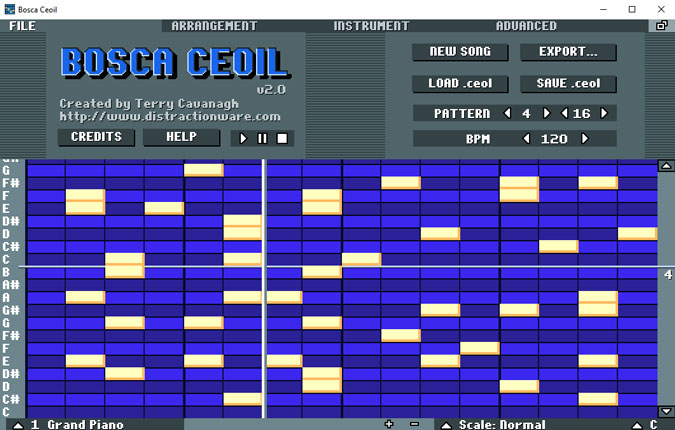
Part of this is because of the drum samples. “Going Gets Tough” and “Thunderstorm” still amp me up so much I want to run around the room kicking and punching like a child playing ninjas. The stage music is probably the highlight of the package. In an age when chiptunes and MIDI controllers and FamiTracker are all the rage, the Ninja Gaiden and Ninja Gaiden II soundtracks pull us back to the roots of 8-bit music, and they’re as kinetic and atmospheric as ever. The soundtracks to Ninja Gaiden and its first sequel are burned deeply into my brain, but I was surprised to discover how well they held up when I wasn’t holding a sweaty NES controller, wholly focused on charting one death-defying leap after another, eagles divebombing from all directions. Brave Wave has restored the soundtracks to not just Ninja Gaiden and Ninja Gaiden II-the most famous and critically acclaimed entries in the series-but also Ninja Gaiden III and the arcade version of Ninja Gaiden, a completely different game. Their website is a treasure trove of interviews and information about a diverse mix of musicians from the ’80s and ’90s-everything from the mega-popular Street Fighter II and Tecmo Bowl to the more obscure Gargoyle’s Quest and Gimmick!-and this dedication carries over to Ninja Gaiden: The Definitive Soundtrack. I’m still not sure, but after a few bouts with the Definitive Soundtrack, it’s clear that Brave Wave has done a spectacular job building on the legacy of 1980s Japanese sound designers. Would I be able to objectively review its restored soundtrack? I cut my gaming teeth on it as a fresh-faced six-year-old, trading the controller back and forth with my father as we battled toward Ashtar and one thrilling cutscene after another. 1990’s Ninja Gaiden II: The Dark Sword of Chaos is one of my favorite 2D platformers of all time. And maybe that’s why I was both eager and anxious to review Brave Wave’s Ninja Gaiden: The Definitive Soundtrack. I wrote an entire book about Mega Man 3 and how it’s almost impossible to critically examine beloved games from your childhood. I keep a 1988 Macintosh SE at work even though there’s no practical use for it whatsoever. I own over 500 NES games proudly displayed on my shelves. So I try to be hyperaware of the false promises of nostalgia, even though I surrender to them all the time. This year, we’ve seen this morbid desire play out on the political stage and all the hate and chaos that goes along with it. But who exactly wants to go back? Who yearns for some imagined time devoid of anxiety or 21st-century fears? Although anyone could experience nostalgia for just about anything, this phenomenon casts its widest net at people of privilege, or, more accurately, people of privilege who fear their station has been diminished, that only the allure of childhood- Super Mario Bros., X-Men, Power Rangers-could reconjure a sense of being at home in the world, a bright future all but guaranteed. Whether it’s the latest Star Wars or superhero retread or yet another video game sequel, nostalgia is big business. In the Step Sequencer module, draw in levels for each step to create an inverted “V’ shape as shown below.Nostalgia is a powerful manipulator. Increase the Amplitude Envelope sustain to 1.000 to keep the level consistent while a note is played. Adjust the frequency to 1/64 to rapidly change the pitch.

To start the sequence over each time a key is pressed, set the Step Retrigger to Retrigger. Now the sequencer module can control the oscillator pitch. Click the blue and green Helm logo again to exit modulation editing. The green overlay will indicate the amount of modulation. Set the modulation destination by dragging your pointer over the Oscillator 1 Transpose knob and set it to 12 semitones. Choose the modulation source by clicking the grey Helm logo in Helm’s Step Sequencer module. To achieve our arpeggio, the Step Sequencer will rapidly change the pitch of Oscillator 1 to the specific note values we manually enter. This will allow us to dial in a familiar video game sound. The sequencer module is a handy modulation source because the value of each step, and even the number of steps, can be set per patch.

For this sound, we will use a third technique for creating arpeggios by using the sequencer module in Helm.


 0 kommentar(er)
0 kommentar(er)
